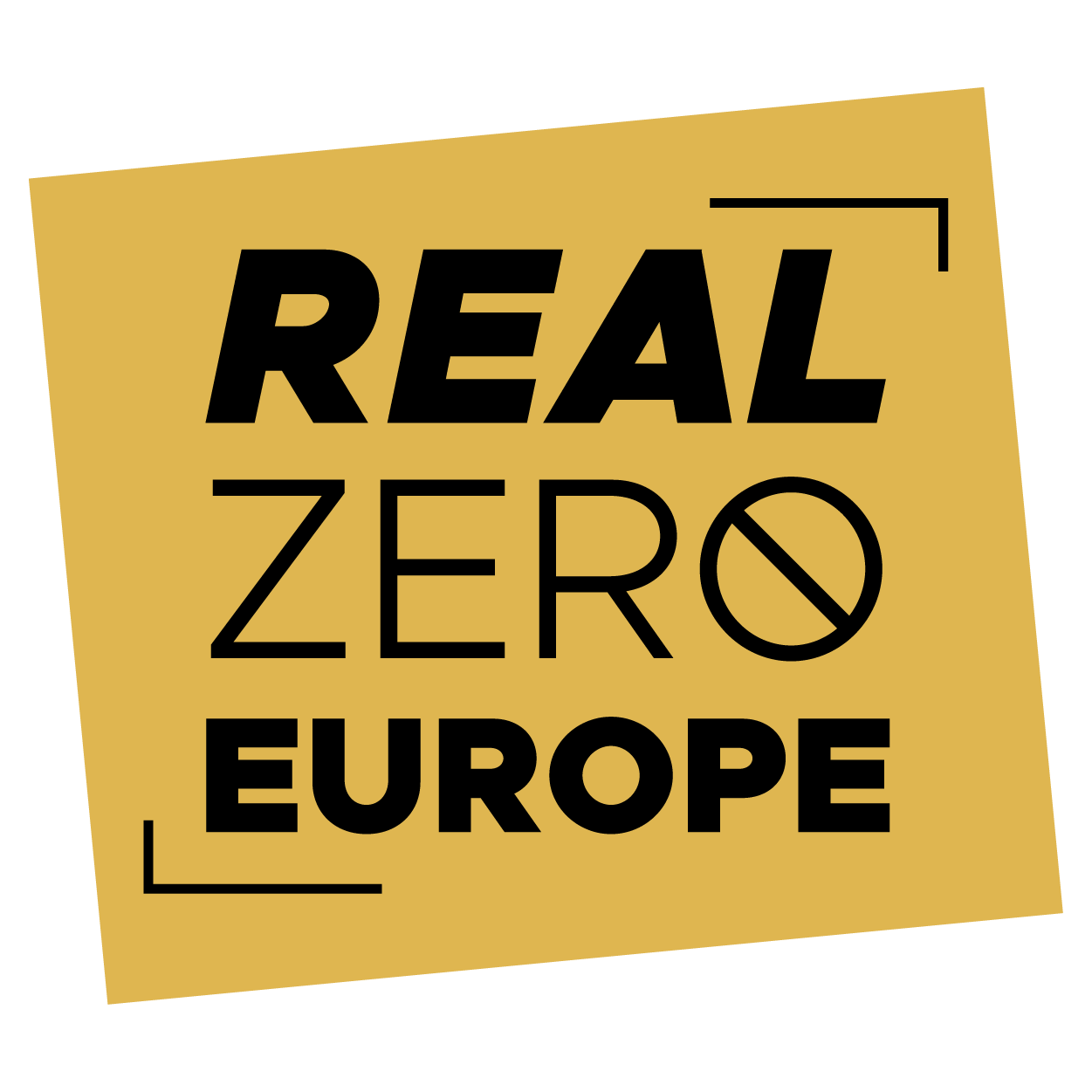The EU’s plans to put a price on agriculture emissions
Written by: Sophie Scherger, Climate and Agriculture Policy Officer at the Institute for Agriculture and Trade Policy (IATP)
This article was first published on September 22, 2025.
As the rest of the European Union’s economy reduces its greenhouse gas (GHG) emissions, the air is getting thinner for the agriculture sector to escape demands to address the climate pollution caused by our food and agriculture system.
Not only are EU farmers already massively impacted by the climate crisis — from floods to droughts and diseases — the European Commission’s own scenarios show that agriculture has a lot of potential to contribute to climate action. It can and must contribute to the solution.
A research consortium, mandated by the European Commission, explored three policy approaches, that are meant to address what the EU counts as agriculture GHG emissions: methane emissions from livestock and manure, nitrous oxide emissions from overapplication of fertilizer and manure management, and carbon dioxide emissions from drained peatlands.
The policy options are meant to set price signals — making emitting more expensive or paying farmers for positive climate action — to drive emission reductions. The three options they cover are:
A voluntary system for farmers to get paid for climate results.
A new emissions trading system akin to the existing ones.
An extension of corporate accountability legislation for the food industry.
IATP’s new policy guide “A New EU Emissions Economy? A Policy Guide to Agriculture Emissions Pricing in the European Union” unpacks the three policy approaches explored by a research consortium mandated by the Commission, aiming to give insight into their potential impact on the climate and a just transition to agroecology.
Three policy concepts to put a price on emissions
The voluntary option could combine governments purchasing carbon credits directly from EU farmers with voluntary carbon trading — the Commission would sell farmers’ carbon credits onto companies wanting to offset their emissions.
A voluntary incentive system cannot substitute well-designed regulations, even if it may encourage some sustainable practices. Market-based systems like the one suggested often also struggle to opt for the best projects — instead prioritizing the cheapest. At best, it incentivizes low-hanging fruits; at worst, it disincentivizes or delays real action. The sector at minimum needs a clear GHG emission reduction target to ensure predictability and a long-term vision.
An emissions trading system for the agriculture sector could indirectly give such a long-term perspective since it would define a mandatory maximum level of emissions for a certain group of farmers or meat and dairy processors that is set to decline.
For an emissions trading system to have an effect, stable and ambitious political support is necessary — not the ups and downs visible in the early phases of the EU’s now-largest emissions trading system.
Since an emissions trading system is purely price-driven, it prioritizes emissions cuts where and how it makes economic sense — not where it makes broader societal sense.
If it fails to set ambitious targets and to consider impacts beyond climate, an emissions trading system may create perverse incentives — for example, perpetuating industrial intensive livestock farming instead of challenging it. As such, the right supporting policies are needed to guide the transition and buffer social impacts.
Lastly, the Commission discusses setting individual climate targets for meat and dairy processors or retailers, taking inspiration from voluntary climate targets and the EU’s car emission standards.
Such company-level targets can be a useful tool for greater corporate responsibility and may create a signal to farmers that there will be a market for them to sell to if they want to shift their production away from intensive livestock production. Such signals can be supported by a broader livestock transition strategy and transition financing.
Climate targets for so-called middle-of-the-chain actors provide an interesting path forward, engaging actors in the supply chain that usually escape scrutiny. In setting up such a system, policymakers would be well advised to take note of the power asymmetry between corporations and farmers and to ensure that it is not abused to meet the targets.
Challenging times require a political vision
It remains to be seen which option, if any, will see the light of day as a formal legislative proposal. The Commission may also be open to taking up additional options, like an emissions tax or providing just transition funding to farmers.
There may be uncertainty about legal options, but there is no uncertainty that the EU’s agriculture sector faces numerous changes, both presently and in the decades to come: responding to the impacts of the climate crisis, generational renewal, and geopolitics, only to name a few.
As a society we can decide how to organize the transition and how we can make it work best for farmers and communities — and create a positive future perspective.
This policy guide aims to contribute to the debate of whether any of the presented options can lead to creating such a different future. To dive deeper, read the guide here.
The views and opinions expressed in the publication are those of the mentioned organisation and do not necessarily reflect the position of all Real Zero Europe members.
Related resources:





